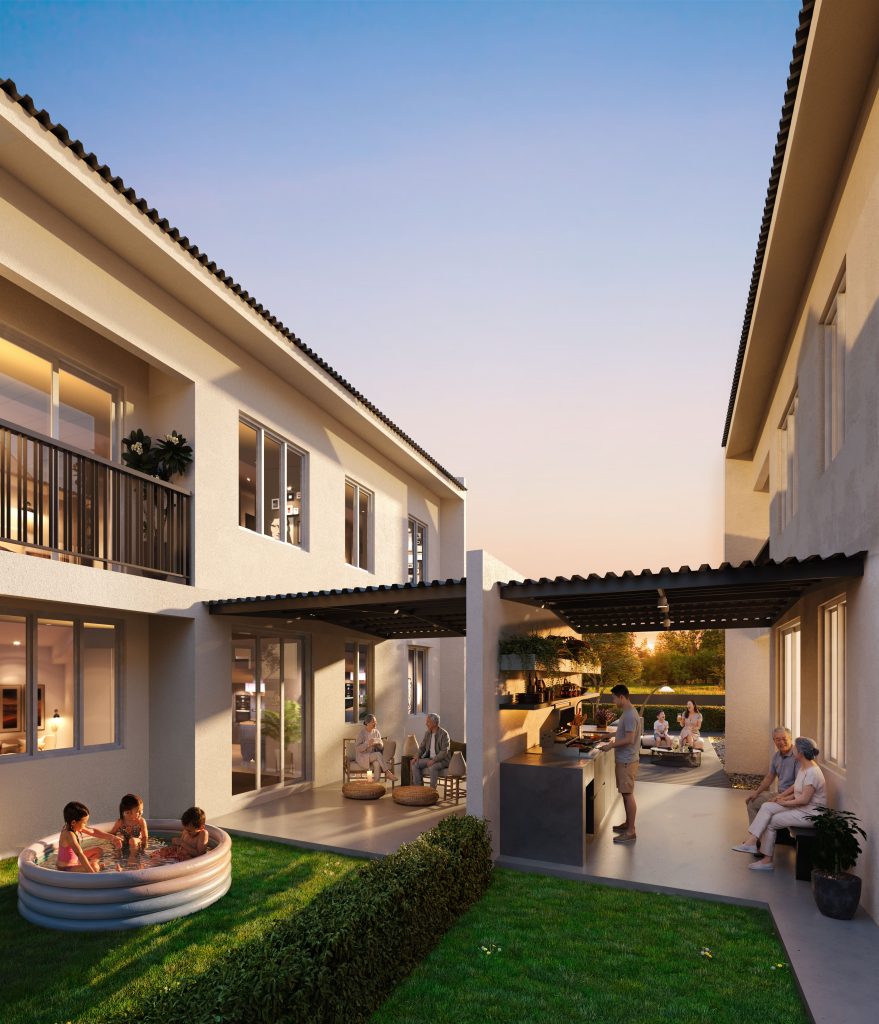
Countries have begun looking into sustainable solutions that encourage greater cohesion in the form of mixed-income housing.
Can Malaysia move forward with more socially sustainable developments?
In Malaysia, property developers are obligated to dedicate a portion of their development land to affordable housing initiatives, with varying differences in the regulations among different states. As an example, Selangor’s provision ranges from 20% to 40% of the development while in Johor, developers are only obliged to provide a range of 5% to 10%.
However, instead of allowing a diverse range of income levels to occupy the same space together, developers will often dedicate an area of housing to build low-income units, resulting in zones where low-income residents cluster, creating a greater divide among the people.
Countries have begun looking into sustainable solutions that encourage greater cohesion in the form of mixed-income housing, allowing a range of units for those in diverse income levels.
While the practice is a strong one in Singapore, when it comes to Malaysia, the topic of mixed-income housing is not so common. In 2022, Iskandar Capital announced the first mixed-income housing initiative in Johor. But as of now, no further news has been forthcoming about the project.
“Mixed-income housing is broadly defined as mixed housing development, either in micro or macro levels that includes all housing units with multi-range of income level spectrums,” Veritas director and principal Syah Kamaruddin said.
“The vast context also needs to address more accurately the integration and inclusivity of mixed-income housing between the middle-class and upper-class community, or the impoverished community at the end of the spectrum with the upper-class community – all of which would require different housing development formula,” he pointed out.
However, Syah noted that the benefits of mixed-income housing cannot be generalised but at least be looked at from a social and commercial standpoint. The goal of a mixed-income housing development goes beyond the physical act of existing amongst each other.
“Socially, the benefits would be to eliminate the social gaps attributed to income levels where shared access to an elevated quality of facilities, address and quality of life, which may then lead to improved overall environment and opportunities for low-income residents,”
“In addition to that, this integration would promote social interaction between individuals and families from diverse backgrounds through shared resources and may improve social cohesion and community bonds.
Syah pointed out that from a commercial standpoint, mixed-income housing could also contribute to the revitalisation of less-favoured neighbourhoods where the presence of higher-income groups could attract future commercial investment and indirectly improve the overall value and general aesthetics of the development.
At the same time, studies have shown the possible downsides to mixed-income housing initiatives. Rising prices in the neighbourhood may push out the existing residents, creating a hostile environment between income levels.
Designing for mixed-income housing requires multiple considerations in community, commercial and social areas.
“[You have to] create accessible community spaces that eliminate physical barriers across the development area to inculcate seamless social integration through public parks, childcare centres and amenities,” Syah said.
“As such, increased communal areas to facilitate for different target groups and activities is vital to provide opportunities for social and economic mobility, and to create a harmonious living environment for residents across different backgrounds,”
He added that there needed to be affordable construction and infrastructures to allow greater purchasing affordability from all income groups.
“Architects could infuse clever and effective spatial, aesthetics and types of construction to mitigate these issues. This also trickles down to overall sustainability of reasonable building maintenance with long-term and economically viable supportive services that include affordable technologies, such as photovoltaic panels to subsidise costs for general lighting and rainwater harvesting for landscape irrigation,” he said.
“Spatial unit arrangement to segregate unit types in specific areas, zones and levels could help to compartmentalise selective access without physical barrier which could still be accessed from communal areas, such as lobbies and corridors,”
“Increasingly, designing for family units that are capable of adapting to changing family needs, such as dual-key units for multi-generation homes is crucial to allow flexibility and help development sustainability,” he added.
At the same time, developers have pointed to the problem of having low-income residents sharing amenities with higher-income residents in the form of maintenance fees.
“This is a valid and realistic commercial issue where affordability for long-term maintenance costs are shared mutually across the board which needs governance and sustainable management,” Syah noted.
“But moving forward, the developer would need to find the strategic economic balance in this economic disparity while maintaining an acceptable level of aesthetics,” he said.
For instance, the law already allowed for economic factors’ distribution within such development with sliding scale share units. Syah hoped that this would continue to be explored in the future to help reduce this multi-income gap, at least for government-led housing projects.
“Management Committees and Housing Associations could also extend their role to regulate reasonable and equitable maintenance fees, with policies to address immediate economic affordability issues and prevent social exclusions,” he said.
Inclusive cities
Designing cities at a macro level does not differ much from micro multi-income housing, which stresses social and communal integration within the planned cityscape.
“However, such broad strategies would require in-depth knowledge and data to adapt to the specific local context of the city and townships that requires collective community voices among all to formulate successful and sustainable city planning,” Syah said.
In general, he pointed to inclusive access to public and pocket amenities, such as urban parks, communal herb gardens, marketplace, community centres, public schools, healthcare and religious centres accessible to the general public will promote communal integration and shared experiences.
“Socially, hard community participation programs involving all income levels in the urban planning process, that invites collaborative effort to improve and beautify the city, and improve social policing and public surveillance,” Syah said.
“Public engagement programs through cultural and recreational efforts would offer a unique culmination of enhanced inclusivity and sense of mutual placemaking in incorporating public arts and other forms of communal landscape enhancement projects, periodic CSR projects within the township adds vibrancy and identity among residents,” he added.
Syah concluded by noting that communities that partake in making collective decisions in the evolution of cities and townships foster their sense of ownership and unity.

Communities that partake in making collective decisions in the evolution of cities and townships foster their sense of ownership and unity, Syah said.
Stay ahead of the crowd and enjoy fresh insights on real estate, property development, and lifestyle trends when you subscribe to our newsletter and follow us on social media.










































